1. Labradoodle (Labrador Retriever × Poodle)

The Labradoodle is often celebrated for its adorable, curly coat and friendly demeanor, but beneath its appealing exterior lies a combination of traits that many owners find challenging. According to Dogster, this hybrid inherits the boundless energy and sometimes stubborn nature of the Labrador along with the high-maintenance grooming demands and sensitivity of the Poodle. While many first fall in love with their soft, welcoming faces, owners soon discover that Labradoodles can be prone to separation anxiety, destructive behavior when left unstimulated, and an unpredictably high need for physical and mental exercise. Their intelligence, though impressive, can lead to mischief if they are not constantly challenged, and their playful exuberance can quickly escalate into overwhelming hyperactivity.
At first glance, the Labradoodle seems like the perfect companion—a dog that is both hypoallergenic and full of charm—but the reality of managing their energy levels and emotional volatility often leaves owners frustrated. Their constant need for attention and regular grooming appointments can quickly turn a once-adorable pet into a persistent and costly source of stress. With a tendency to vocalize and demand interaction at all hours, they can disrupt the peace of any household. Despite the hype, the combination of traits inherited from two very different breeds means that the Labradoodle may be more trouble than its cute exterior suggests.
2. Goldendoodle (Golden Retriever × Poodle)
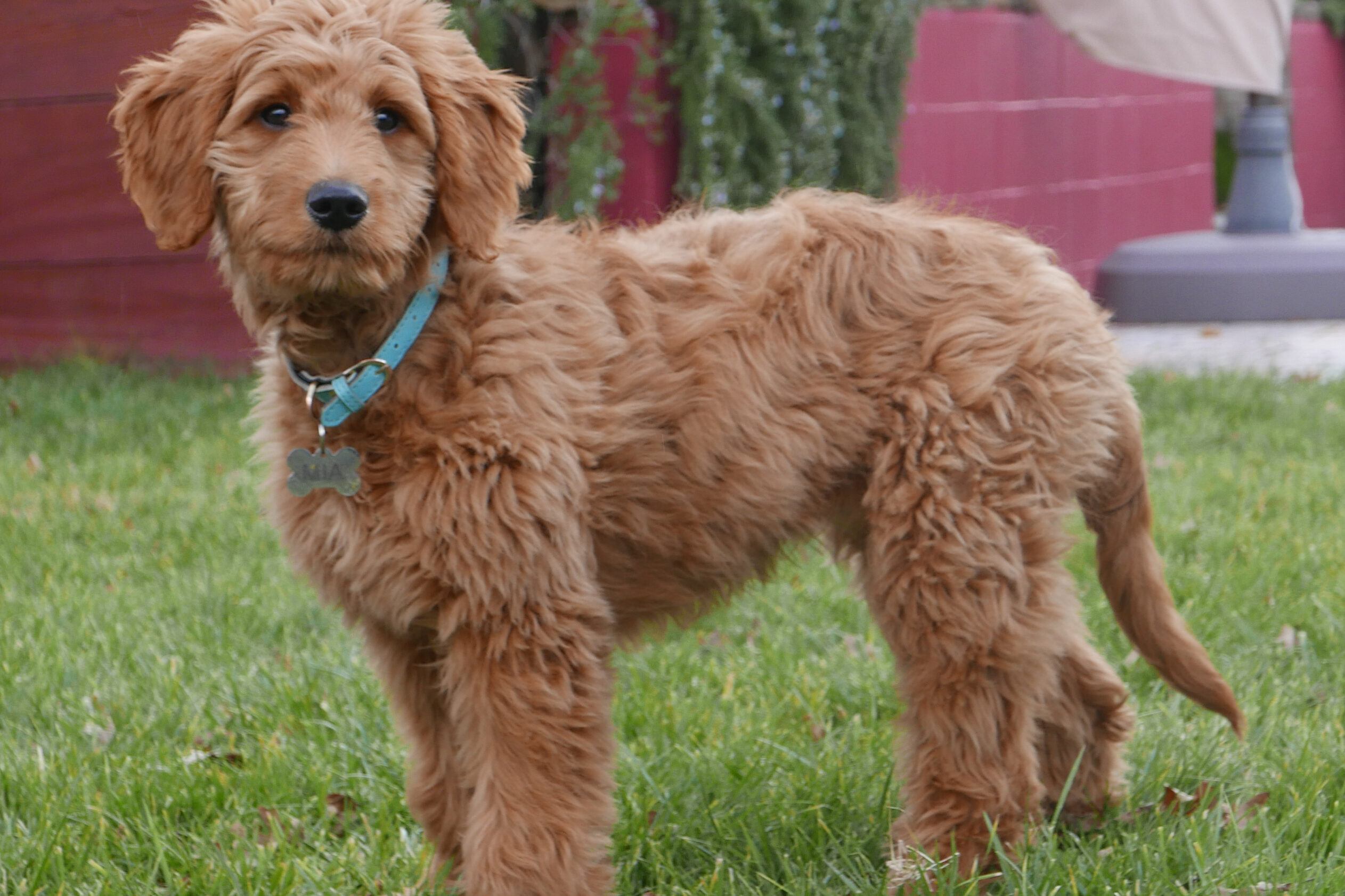
The Goldendoodle is another highly marketed designer dog that appears irresistibly cute with its soft, wavy coat and warm, expressive eyes. However, the blend of Golden Retriever friendliness with the high-strung temperament of a Poodle can result in a dog that is overly energetic and sometimes prone to mood swings. Owners often find that the Goldendoodle’s demand for constant exercise and mental stimulation becomes a challenge, particularly if they lead busy lives or lack the time for daily play sessions. According to Cosmopolitan Dogs, their friendly nature can quickly turn into clinginess, as these dogs can develop severe separation anxiety when left alone.
Underneath their loving exterior, Goldendoodles may exhibit a stubborn streak that complicates training sessions, leading to bouts of frustration and a constant need for corrective discipline. Their coat, while undeniably cute, requires meticulous grooming that adds to the upkeep and overall hassle. The combination of inherited traits means that, without proper attention and structure, these dogs can become excessively vocal and even destructive. Although their appearance makes them a favorite in pet magazines, the day-to-day reality of owning a Goldendoodle often proves to be far more demanding than most prospective owners anticipate.
3. Puggle (Pug × Beagle)

Puggles combine the squishy, expressive face of a pug with the curious, energetic nature of a beagle, resulting in a pet that looks almost too cute to be true. According to DogTime, the reality of living with a pug can be far from idyllic, as they frequently inherit health issues like breathing difficulties from their pug side and stubborn, high-energy tendencies from their beagle lineage. Their short snouts can lead to respiratory problems, while their beagle heritage may cause them to be more independent and less willing to obey commands, making training an uphill battle. Their energy levels can fluctuate wildly, leaving owners to cope with bursts of frantic activity followed by periods of lethargy that often disrupt daily routines.
Despite their appealing appearance, puggles are known for their excessive barking and a propensity for destructive behavior when they become anxious or bored. Their unique mix of traits can lead to high maintenance requirements—ranging from frequent vet visits for respiratory issues to intensive training sessions to curb their independent streak. Owners may find that what initially seemed like an endearing quirk quickly turns into a significant source of annoyance. While many are drawn in by their charming looks, the practical challenges of owning a Puggle can soon overshadow the cuteness factor, leaving a trail of frustrated pet parents in their wake.
4. Cavapoo (Cavalier King Charles Spaniel × Poodle)
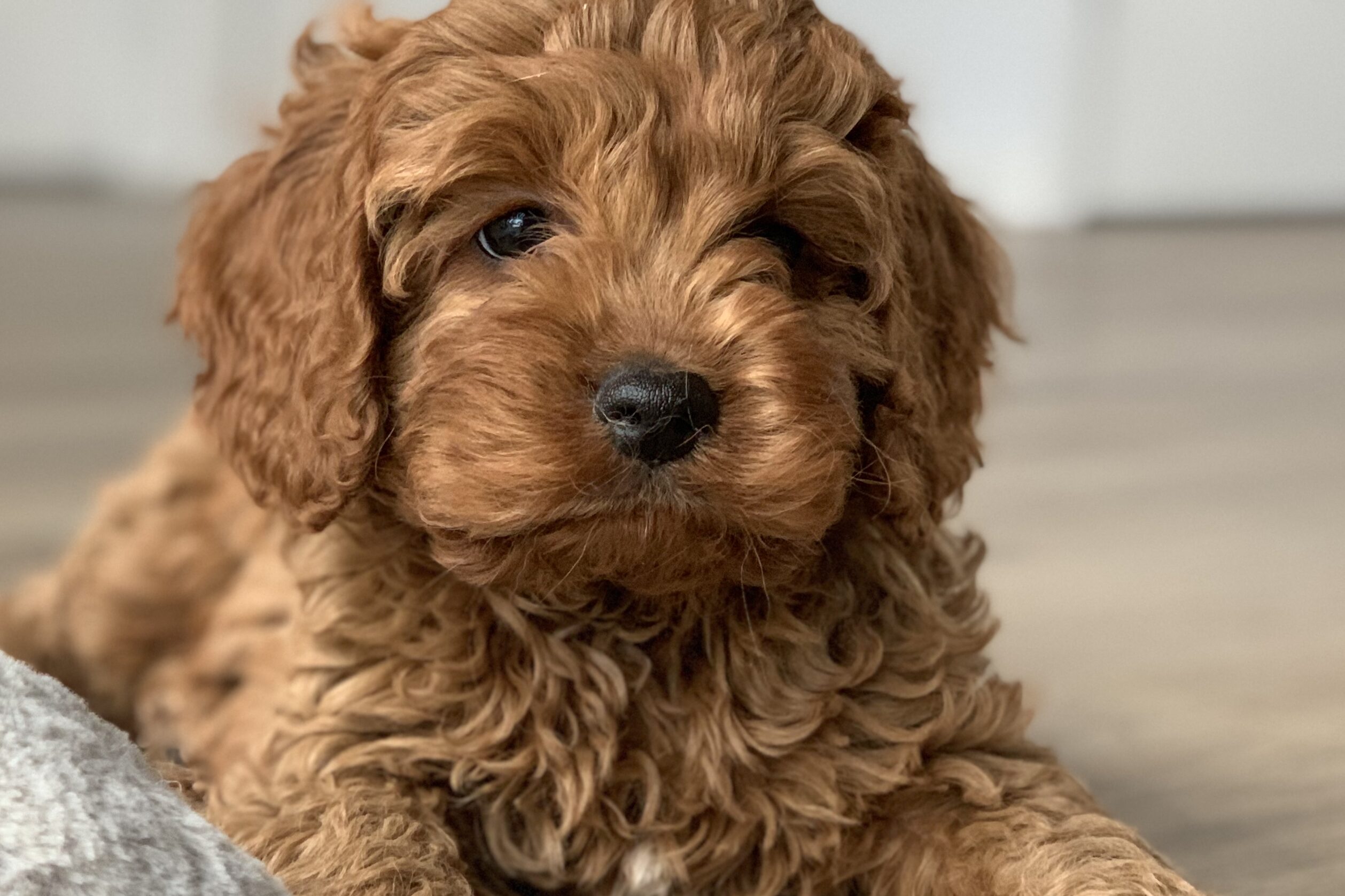
Cavapoos are renowned for their heart-melting looks and gentle nature, blending the affectionate disposition of a Cavalier King Charles Spaniel with the intelligence of a Poodle. However, these traits often come with an array of challenges that can turn a seemingly ideal pet into a daily headache. According to My Doodle Puppy, Cavapoos are notorious for developing severe separation anxiety, which leads them to be excessively clingy and demanding of constant human attention. Their mixed heritage can result in unpredictable mood swings that make it difficult for owners to settle into a consistent training routine.
In addition to their emotional volatility, Cavapoos require extensive grooming to maintain their soft, wavy coats, which can quickly become a significant time and financial burden. Their sensitivity can translate into an overreaction to minor household disturbances, prompting incessant barking and restless behavior. For families that are not prepared for a high-maintenance pet, the Cavapoo’s adorable looks often belie a complex personality that demands more energy and patience than initially expected. Despite their undeniable charm, the combination of traits in Cavapoos can make them a challenging and sometimes exasperating companion.
5. Schnoodle (Schnauzer × Poodle)

The Schnoodle is touted as an ideal family pet, blending the robust, energetic nature of the Schnauzer with the smart, often high-strung traits of the Poodle. While their scruffy, endearing appearance wins hearts at first sight, the reality of their behavior can be less than charming. According to The Spruce Pets, Schnoodles are known for their boundless energy and an unpredictable temperament that swings between playful exuberance and stubborn defiance. Their intelligence, inherited from both parent breeds, often makes them prone to boredom if not adequately challenged, leading to mischief and sometimes destructive behavior around the home.
Beyond behavioral challenges, Schnoodles have a high grooming requirement to keep their often wiry coat in check, which can be both time-consuming and costly. Their tendency to bark incessantly when excited or anxious can disrupt the quiet of a household, and their stubborn nature means that consistent, firm training is essential yet often frustrating. The combination of these traits can leave even experienced pet owners feeling overwhelmed by the constant demand for attention and discipline. While their appearance might initially charm potential owners, the daily reality of managing a Schnoodle’s energetic and moody disposition can be downright exhausting.
6. Cockapoo (Cocker Spaniel × Poodle)
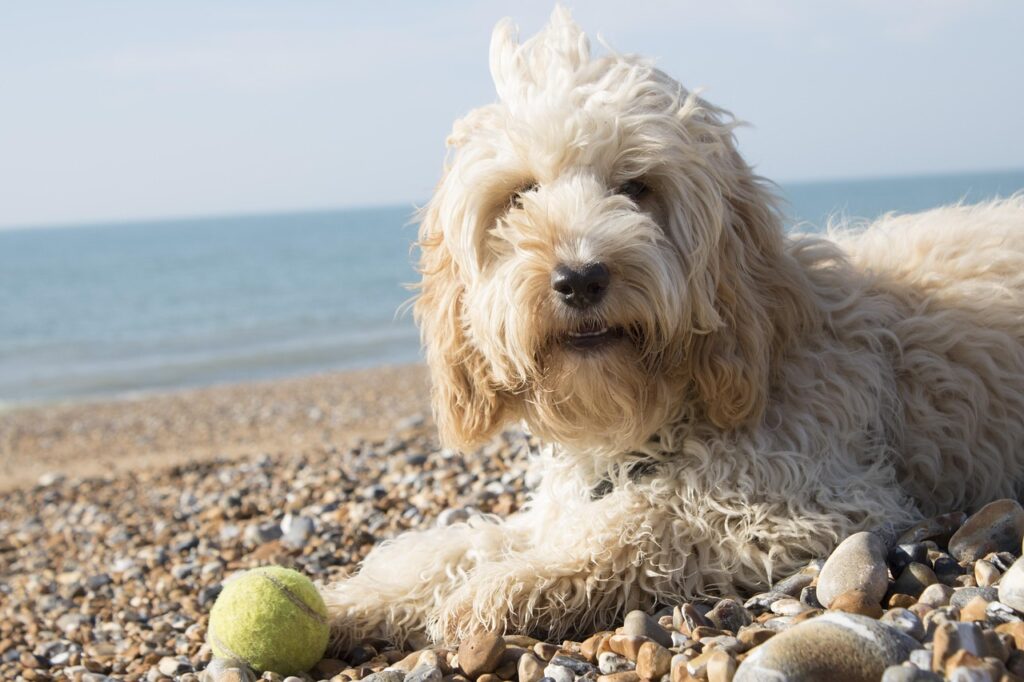
Cockapoos are frequently marketed as the perfect lapdog, boasting an irresistibly cute face and a soft, curly coat that seems to promise a gentle, affectionate companion. In practice, however, the blend of a Cocker Spaniel’s exuberant personality and a Poodle’s high intelligence can result in a dog that is as challenging as it is charming. Many Cockapoos are prone to dramatic mood swings and can oscillate rapidly from affectionate cuddling to bouts of hyperactive misbehavior. Their need for constant attention often turns into a relentless demand for stimulation, making them difficult to leave alone without risking destructive behavior or incessant barking.
Additionally, the grooming requirements of a Cockapoo can be daunting—those luxurious curls require regular maintenance to avoid matting and to keep them looking their best. Their energy levels are high, and without ample exercise and mental stimulation, they can become a constant source of chaos in an otherwise calm household. This over-demanding nature, coupled with their occasional obstinacy, means that even the most patient owners can find themselves exasperated by their Cockapoo’s needs. Although they may appear as the epitome of cuteness, the reality of owning a Cockapoo often involves a steep learning curve and significant ongoing effort.
7. Maltipoo (Maltese × Poodle)
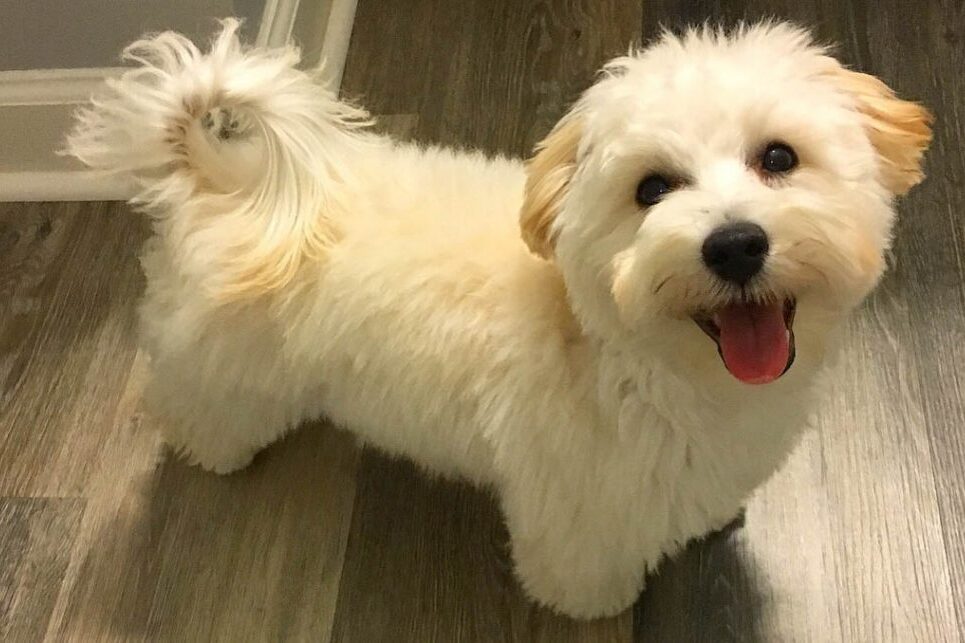
Maltipoos have captured many hearts with their tiny size, fluffy appearance, and seemingly gentle temperament, combining the delicate nature of the Maltese with the intelligent, active streak of the Poodle. Yet, many owners soon learn that the charming façade of the Maltipoo hides a pet that is often extremely high-maintenance and prone to emotional volatility. These little dogs can be exceedingly sensitive, reacting dramatically to minor changes in their environment and requiring constant reassurance and attention. Their small stature belies a big personality that often manifests as an incessant need for interaction and an easily triggered temper.
Their adorable, curly coats, while initially endearing, require frequent grooming and careful maintenance to prevent matting and skin irritations. Maltipoos are notorious for developing separation anxiety and, as a result, can engage in excessive barking or even destructive behavior when left alone. Their unpredictability in mood and behavior means that even a few moments of neglect can result in a flurry of frustration for their owners. Despite their cute looks and appealing demeanor in photos, the reality of living with a Maltipoo can often prove to be more challenging and exasperating than many might expect.
8. Pomsky (Pomeranian × Husky)
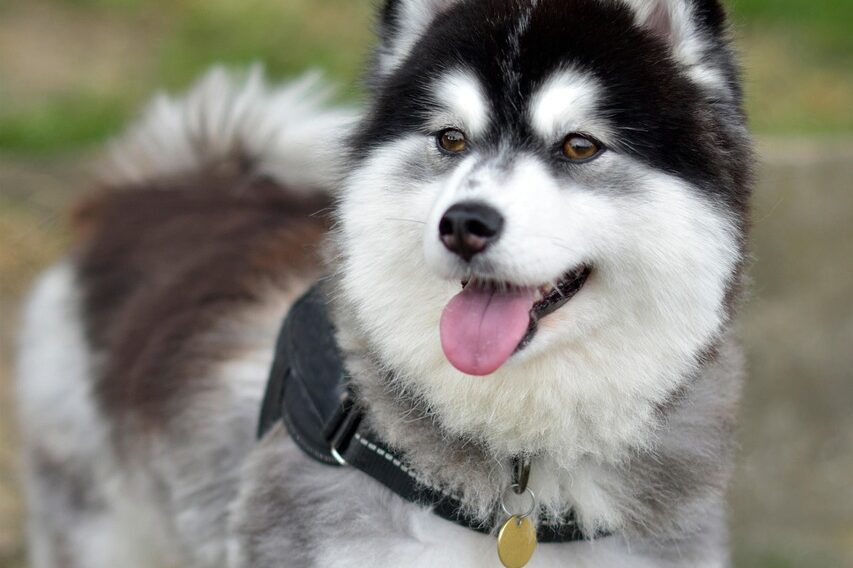
The Pomsky—a hybrid of the diminutive Pomeranian and the striking Siberian Husky—is often admired for its striking appearance that combines the best features of both parent breeds. However, this mix can produce a pet that is as unpredictable as it is attractive. Pomskies frequently inherit the high energy, stubbornness, and vocal tendencies of the Husky, despite their small size, resulting in a dog that can be surprisingly difficult to manage. Their lively nature means they require extensive exercise and mental stimulation, and without it, they can quickly become destructive and overly noisy.
Many owners are taken aback when they realize that the Pomsky’s adorable exterior masks a temperament that can be fiercely independent and demanding. Their tendency to howl and bark incessantly, combined with bouts of hyperactivity, often creates chaos in households that are unprepared for such energy. The challenges of training a Pomsky can be significant, as their inherited stubborn streak from the Husky side can make even simple commands a battle. Ultimately, while the Pomsky may win over admirers with its looks, its behavior and high-maintenance nature often leave owners wishing for a quieter, more obedient companion.
9. Chiweenie (Chihuahua × Dachshund)
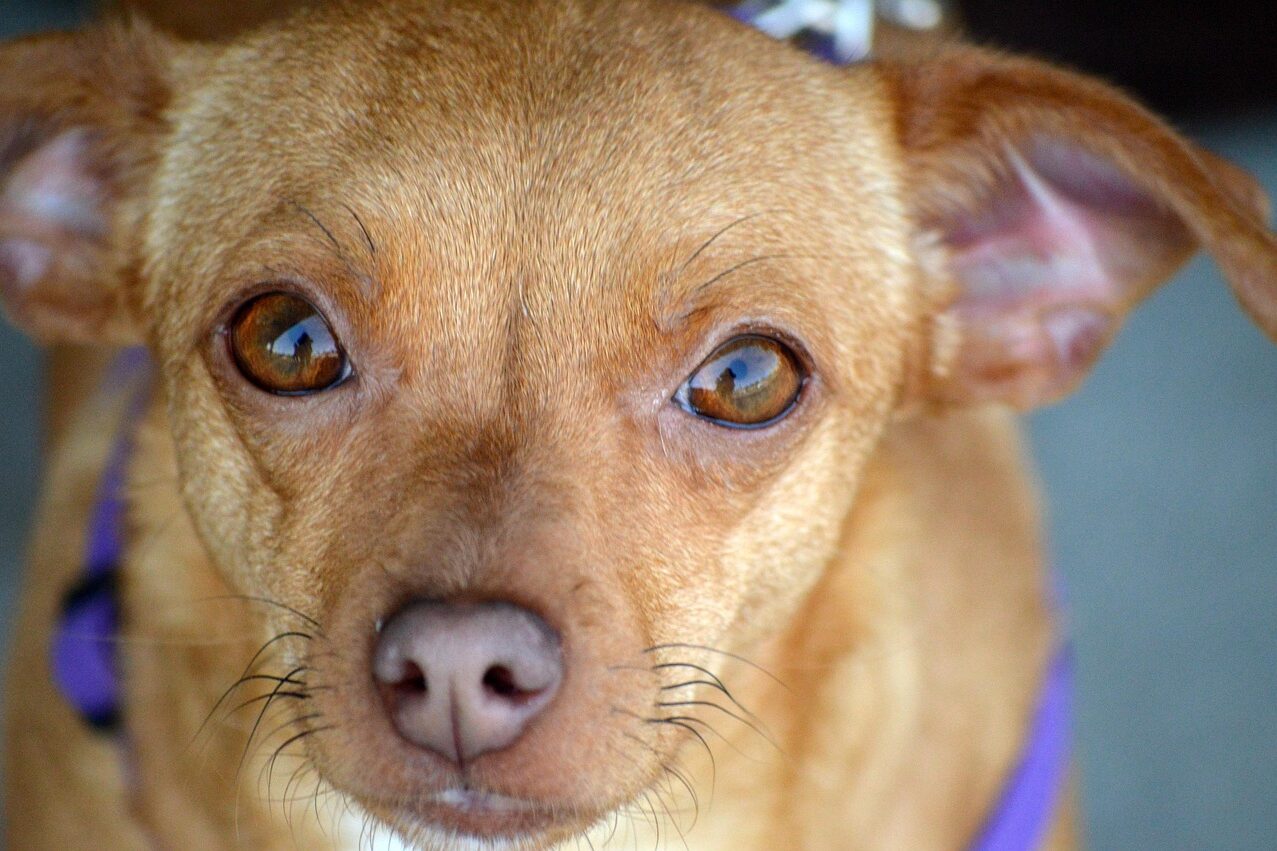
The Chiweenie blends the feisty spirit of the Chihuahua with the long, low body of the Dachshund, creating a pet that is undeniably cute but can quickly become a bundle of stubborn energy and noise. Despite its small size, this hybrid often exhibits a bold, overconfident attitude, barking and reacting to even the slightest disturbance with an intensity that belies its stature. Their combination of traits means they are prone to high-pitched yapping and possess an independent streak that makes training a constant challenge. This mix can lead to a dog that is both overprotective and difficult to control, with a temperament that oscillates between affectionate and fiercely defiant.
Many Chiweenie owners report that the initial charm of this tiny dog quickly gives way to the reality of incessant vocalizations and an unyielding personality that demands constant correction. Their unpredictable nature means that even routine activities, such as walks or quiet evenings at home, can be disrupted by their sharp, frequent barking and sudden bursts of energy. For those unprepared for the high-maintenance nature of this breed mix, the Chiweenie often turns out to be more trouble than its adorable appearance would suggest. Over time, the relentless energy and stubborn behavior can test the patience of even the most dedicated pet owner.
10. Yorkipoo (Yorkshire Terrier × Poodle)
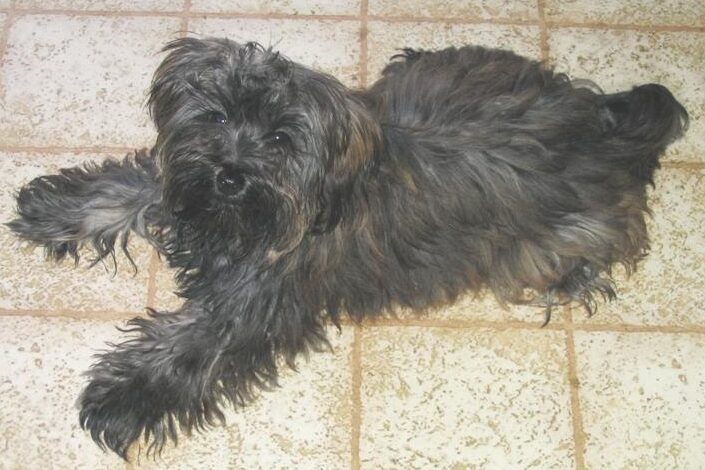
Yorkipoos, a cross between the spirited Yorkshire Terrier and the clever Poodle, have an undeniably cute and compact look that makes them popular on social media. However, their small size conceals a personality that can be surprisingly loud and high-strung. These dogs are known for their incessant yapping and need for constant attention, traits inherited from both parent breeds that can quickly become overwhelming. Their energetic disposition means they are rarely content with inactivity, often requiring continuous mental and physical stimulation to avoid bouts of hyperactivity and anxiety.
Despite their endearing appearance, Yorkipoos often develop a stubborn streak that complicates training, and their overzealous behavior can lead to frustration for owners unprepared for a pet that never seems to relax. Their propensity for vocalizing at every minor disturbance can make for a chaotic home environment, particularly in quieter settings or apartments. The combination of high energy, a demanding need for engagement, and a persistent tendency to bark makes living with a Yorkipoo a challenge that belies their initial charm. Ultimately, while their tiny stature and big eyes might capture hearts at first, the day-to-day reality of managing their behavior can be a source of ongoing annoyance.
11. Shih Poo (Shih Tzu × Poodle)
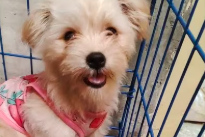
The Shih Poo is often marketed as the ideal low-shedding, hypoallergenic companion with a luxuriously soft coat and an appealing, toy-like size. However, this seemingly perfect blend of the Shih Tzu’s gentle nature and the Poodle’s intelligence often results in a pet with a notably high-maintenance personality. Many Shih Poos display mood swings that can range from overly affectionate to stubbornly unresponsive, making them unpredictable and often difficult to manage. Their need for constant grooming is compounded by a sensitive temperament that can lead to excessive barking and restlessness when their routine is disrupted.
Owners of Shih Poos frequently find themselves caught off guard by the sheer volume of care and attention these dogs require on a daily basis. Their pronounced need for human interaction and structured guidance means that even a short period of neglect can lead to bouts of anxiety and destructive behavior. The very traits that initially made the Shih Poo seem irresistible often translate into challenges that test the limits of an owner’s patience. Though they may look like a perfect lapdog in pictures, the reality of living with a Shih Poo often involves managing a complex mix of emotional highs and lows that can be incredibly taxing over time.
12. Bichonpoo (Bichon Frise × Poodle)
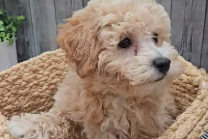
The Bichonpoo, a hybrid of the playful Bichon Frise and the ever-popular Poodle, boasts an irresistibly fluffy coat and an appealingly cheerful demeanor that wins over many at first sight. Yet, beneath its cute, cuddly exterior lies a pet with a surprisingly high level of energy and a constant demand for attention that can overwhelm even the most enthusiastic pet owner. These dogs are known to oscillate between bouts of extreme playfulness and periods of restlessness that lead to destructive behaviors if not properly engaged. Their intelligence and sensitivity make them quick to pick up on emotional cues, which unfortunately can result in anxiety and a tendency to overreact to minor disruptions.
In addition to their emotional volatility, Bichonpoos require frequent grooming to manage their dense, curly coats, making maintenance both time-consuming and expensive. Their exuberance, when not properly channeled through regular exercise and mental stimulation, often manifests in incessant barking and a tendency to seek constant reassurance. For many owners, the initial charm of the Bichonpoo gives way to the realization that their high-maintenance nature and unpredictable mood swings are more of a burden than a joy. Although their appearance might capture hearts at first glance, the practical challenges of caring for a Bichonpoo can quickly turn admiration into frustration.
13. Frenchton (French Bulldog × Boston Terrier)
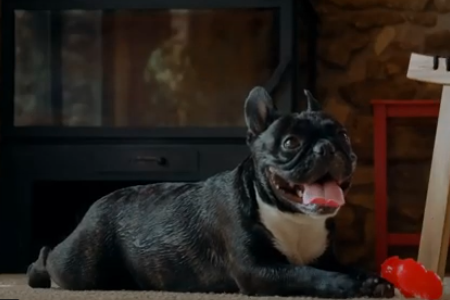
The Frenchton combines the distinct facial expressions and compact build of the French Bulldog with the energetic, quirky personality of the Boston Terrier, resulting in a pet that is as visually appealing as it is challenging. While their expressive faces and playful antics can make them look like the perfect companions, Frenchtons are notorious for their stubborn, sometimes willful behavior that makes training a persistent struggle. Their short snouts often lead to breathing difficulties and other health issues that add to the daily care burden, while their energetic nature can quickly turn into bouts of excessive barking and high-maintenance antics. The blend of these two breeds often produces a dog that is both demanding and unpredictable, leaving owners scrambling to keep up with their needs.
Beyond their health and behavior challenges, Frenchtons require a level of constant supervision and regular exercise that many prospective owners underestimate. Their tendency to develop separation anxiety and mood swings means that even simple routines can become complicated endeavors, and the overall energy they exude can be overwhelming in quieter households. Despite the initial allure of their cute, expressive faces and compact size, the reality of living with a Frenchton often involves dealing with a constant barrage of behavioral quirks and care requirements. In the end, what appears to be an irresistibly charming hybrid on the surface can quickly prove to be more of an ongoing challenge than a delight.


